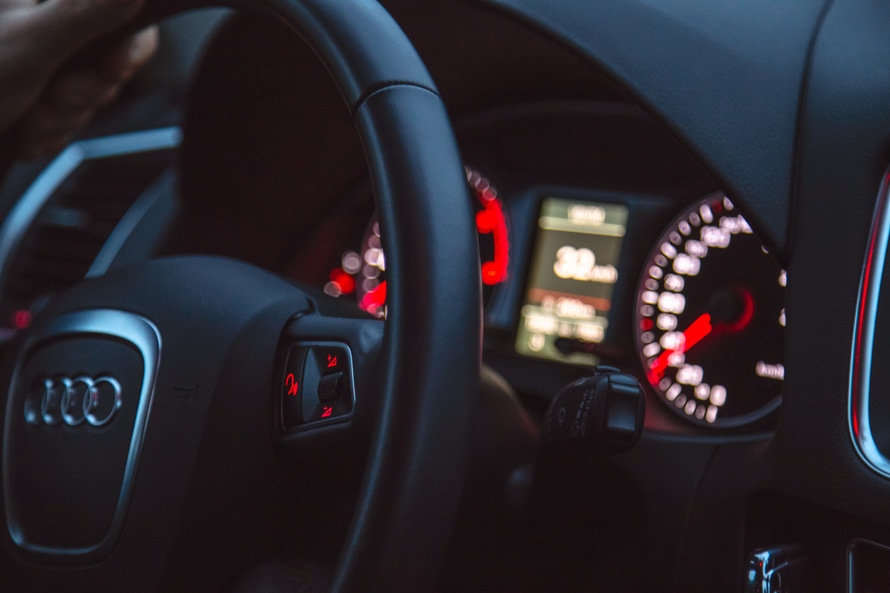
The 3 Habits of Successful Entrepreneurs
Entrepreneurs have been referred to as “the only people who will work 80 hours a week to avoid working 40 hours a week.” Building a company from scratch requires dedication, persistence and tenacity, and it takes time to complete the process properly. If you’re considering starting your own business, but know that your current lifestyle will not be able to accommodate this massive undertaking, it is important to work on developing habits that will serve you well in your new role as the founder and CEO of your own company. Here are the top 3 habits of successful entrepreneurs – try to adopt some, if not all, of these habits in your own life, and see how much of a difference they make.
1) Successful Entrepreneurs Wake Up Early. As an entrepreneur, you control your own schedule, and it can be tempting to stay in bed and relish the fact that you no longer have to wake up to commute to your 9-5 job. With that said, ask any successful entrepreneur, and he will tell you that without fail, he starts his day earlier than he did when he worked for someone else. There are only 24 hours in a day, and the more of them you can spend working on building your business, the better. Furthermore, many successful entrepreneurs develop morning rituals to help them in staying focused and concentrated for the rest of the day. Try using the first half an hour of your day to listen to your favorite music or meditate, and make a regular practice of outlining your to-do list for the day before you start working.
2) Successful Entrepreneurs Push Themselves. If you’ve decided to start your own business, it’s safe to say that you’re not one of the many people in this world who deliberately stay in their comfort zone because doing so is just easier. Entrepreneurs who create lasting and successful companies understand that in order to succeed, one must dispense with his fear of failure and be willing to push himself, even if it makes him uncomfortable. Sometimes, this means not being afraid to ask for financing – other times, it can mean negotiating on your own behalf without worrying that doing so will damage your business relationships. Identify the areas of your entrepreneurial endeavors that make you uncomfortable, and work extra hard on building those skills. Resting on your laurels will only get you so far, and you can’t be afraid to roll up your sleeves if you really want to build a business that makes a splash.
3) Successful Entrepreneurs Are Willing to Pivot. If you’ve invested a significant amount of time and energy into your business, but you still aren’t seeing real results, it can be tempting to continue biding your time in the hope that your situation will improve or people will suddenly come to see the value of your business. In business, this time and energy is referred to as your “sunk costs” – that is, the resources you’ve already devoted to your business that you don’t want to see go to waste. That said, sometimes, it is necessary to pivot and change directions in order to succeed. Do not shy away from candidly and objectively analyzing how your business is doing; taking stock of where you are versus where you want to be is the only way you will be able to polish your product until it is truly irresistible to your target audience.
If you’d like to read more of my advice for entrepreneurs, please continue checking this space for regular updates. Good luck in your business endeavors, and remember: no pain, no gain.









